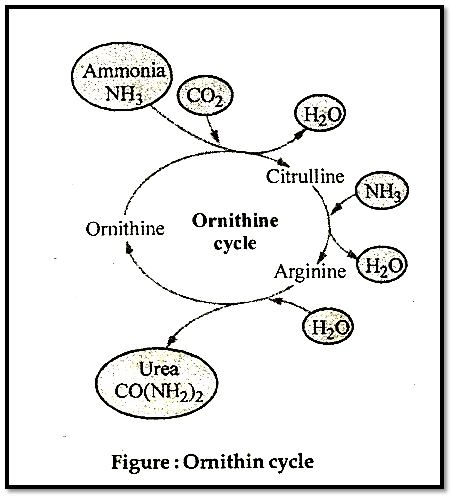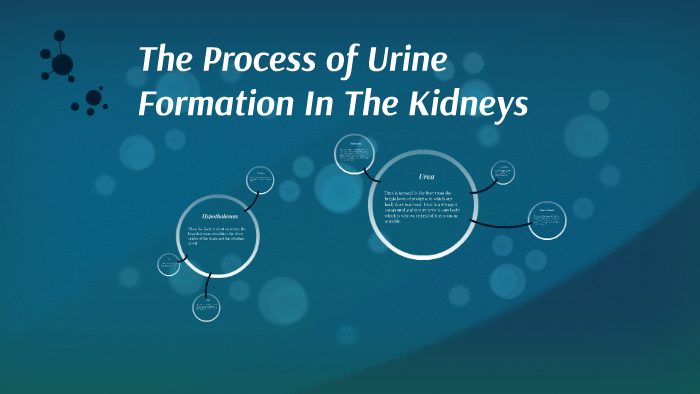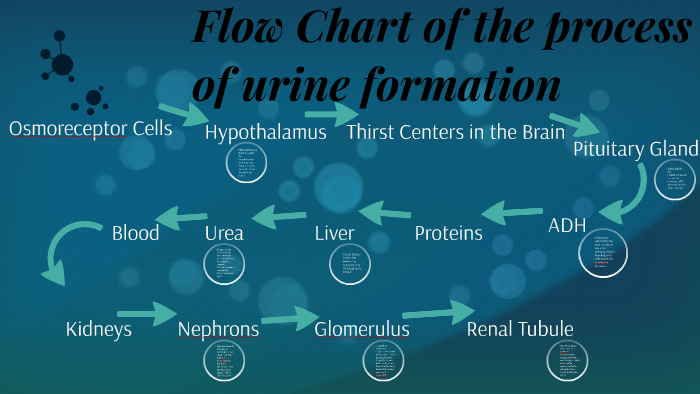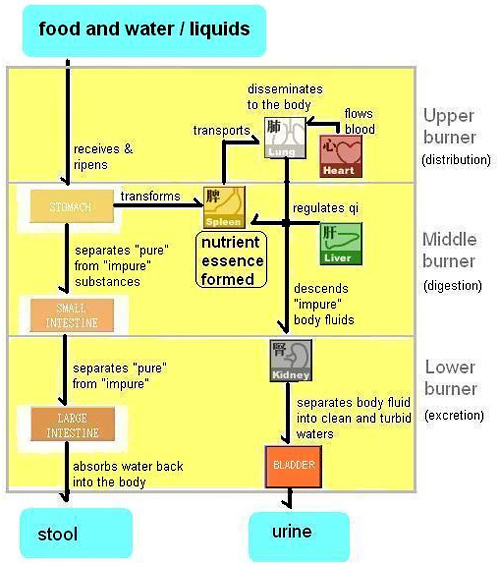Urine formation begins with the process of filtration in the kidneys. Blood enters the kidneys through the renal artery, which branches off into smaller blood vessels called arterioles. These arterioles then enter the glomerulus, a cluster of capillaries surrounded by a Bowman’s capsule. As blood flows through the glomerulus, waste products, excess ions, and water are filtered out of the blood and into the Bowman’s capsule. This fluid, known as filtrate, contains the initial components of urine.
Next, the filtrate moves through the renal tubules, where reabsorption and secretion occur. Reabsorption is the process by which essential substances, such as glucose, amino acids, and water, are reabsorbed back into the bloodstream. Secretion involves the active transport of additional waste products, such as hydrogen ions and potassium, into the tubules to be eliminated in the urine. This selective reabsorption and secretion process helps to maintain the body’s internal balance of fluids, electrolytes, and pH.
Flow Chart Of Urine Formation In The Kidneys
2. Tubular Reabsorption
As the filtrate passes through the renal tubules, the majority of water and essential substances are reabsorbed back into the bloodstream. This reabsorption process occurs in the proximal convoluted tubule, loop of Henle, distal convoluted tubule, and collecting duct. The reabsorption of water is regulated by the hormone antidiuretic hormone (ADH), which controls the permeability of the collecting duct to water. ADH helps to conserve water in the body by increasing water reabsorption in the kidneys, resulting in concentrated urine.
Additionally, reabsorption of essential substances, such as sodium, chloride, bicarbonate, and glucose, is facilitated by specific transport proteins in the renal tubules. These substances are actively transported back into the bloodstream to maintain proper electrolyte balance and blood pH. The remaining filtrate, now concentrated with waste products and excess ions, continues on to the next stage of urine formation.
3. Tubular Secretion
In the final stage of urine formation, tubular secretion occurs in the distal convoluted tubule and collecting duct. This process involves the active transport of additional waste products and excess ions from the blood into the tubules to be eliminated in the urine. For example, hydrogen ions and potassium are secreted into the tubules to maintain proper blood pH and electrolyte balance. Tubular secretion helps to further regulate the composition of urine and remove any remaining toxins or metabolic byproducts from the body.
After tubular secretion is complete, the remaining fluid in the nephron, now called urine, flows through the collecting duct and into the renal pelvis. From the renal pelvis, urine travels down the ureter to the bladder for storage until it is excreted from the body through the urethra. The intricate process of urine formation in the kidneys ensures that waste products are efficiently removed from the body while maintaining the body’s internal balance of fluids and electrolytes.
By understanding the flow chart of urine formation in the kidneys, we can appreciate the complexity and importance of this physiological process in maintaining overall health and well-being.
Download Flow Chart Of Urine Formation In The Kidneys
Process Of Urine Formation In The Kidneys Flow Chart Best Picture Of
Process Of Urine Formation In The Kidneys Flow Chart Best Picture Of
Process Of Urine Formation In The Kidneys Flow Chart Best Picture Of
Urine Formation In The Kidneys Flow Chart Best Picture Of Chart




